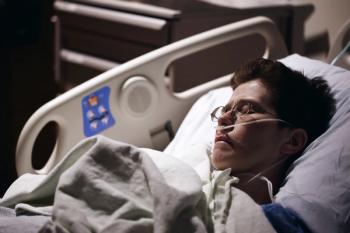
Patients with hypoxemia or tachypnea had an overall greater mortality risk compared to those without them.

Patients with hypoxemia or tachypnea had an overall greater mortality risk compared to those without them.
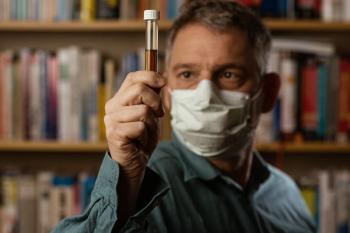
Participants with a prior case of disease showed cells in their bone marrow up to 4 months after their initial infection.
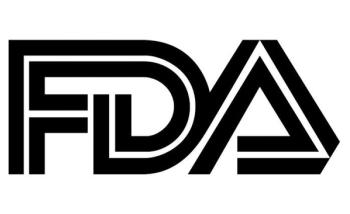
Sotrovimab was developed by GlaxoSmithKline and Vir Biotechnology to treat mild-to-moderate disease in adults and pediatric patients.

Study of biomarkers of epigenetic aging in patients with HIV finds antiretroviral therapy partially reverses the accelerated aging associated with the infection.
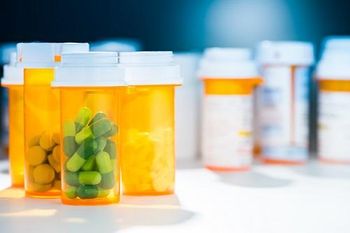
The study authors looked at previously published papers focused on carbapenems, fluoroquinolones, and third-generation cephalosporins.
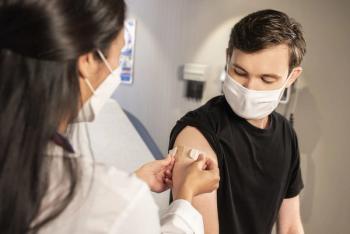
Reports of myocarditis were reported in mostly young adult males, 4 days after administration.

Lower levels of testosterone in the blood were also associated with increased inflammation.

Nearly half of COVID-19 patients never received rehabilitation evaluation and 20% lost daily living abilities.
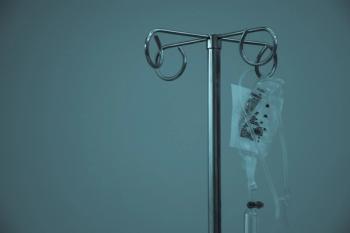
Early treatment with lenzilumab improved the likelihood of survival without ventilation by 54% among patients hospitalized with COVID-19 who were hypoxic but not on invasive mechanical ventilation, a new study found.
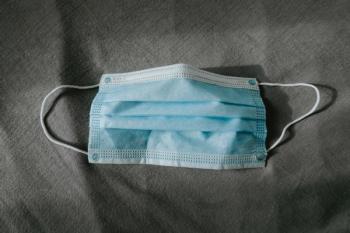
The guidelines were welcomed by some, but infectious disease providers say caution is needed moving forward.

A discussion on issues surrounding the treatment of HIV with Melissa Badowski, PharmD, MPH.
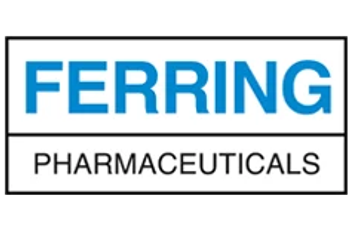
Ferring Pharmaceuticals and Rebiotix reported results from a trial on their therapy, RBX2660, which shows promise as a Clostridioides difficile infection (CDI) treatment.

The company plans to file for Food and Drug Administration (FDA) authorization for the 12-17 year old population in early June.
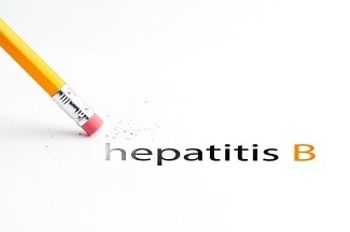
New shot fills a vital need, given poor efficacy of earlier options, researchers say.
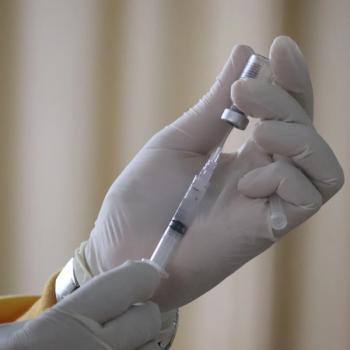
TAK-003, from Takeda, is showing slightly improved protection among seropositive participants through its 36-month follow-up.

A conversation on antimicrobial stewardship with Kushal Naik, PharmD, MBA.
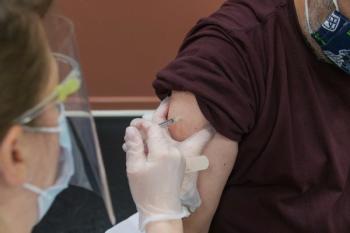
Routine screening of employees at St. Jude Children’s Research Hospital show lower rates of asymptomatic SARS-CoV-2 infection among vaccinated workers.

There is still much to understand in the cases for those who did not require hospitalization but have lingering symptoms that can cause quality-of-life issues.

An investigational therapy demonstrated neutralizing antibodies as well as protection against the virus in preclinical trials.

A study looked at hospital admissions of Medicare patients and saw a large percentage of recurrent Clostridioides difficile infections (rCDI) as the primary diagnosis.
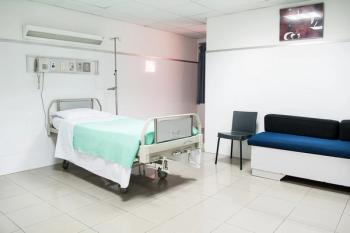
No difference was observed in any of the outcomes and there was no impact on the duration of therapy.

GDC and DSENS were both seen to be safe and effective tools to optimize therapy in the study participants.

An effort to increase stewardship showed that 5-day and 10-day prescription stop dates for antibiotics did little to influence actual therapy length and outcomes.

A diagnostic analyzer was studied looking at 3 biomarkers to predict the level of COVID-19, and could potentially serve as a risk stratification tool.
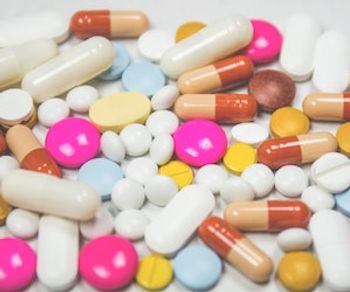
An assessment from the Cleveland Clinic shows prescribing concordant to guidelines can exceed 60% in certain facilities.

Almost half of the participants in the study had an opportunity to improve their antibiotic regimen.
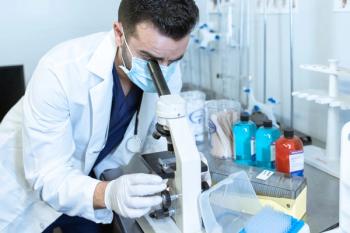
The pilot program was demonstrated to significantly reduce days of antibiotic therapy.

More than half of the pharmacist led interventions were accepted by providers during the intervention period.

A majority of the study participants experienced symptoms that interfered with activities of their daily life.